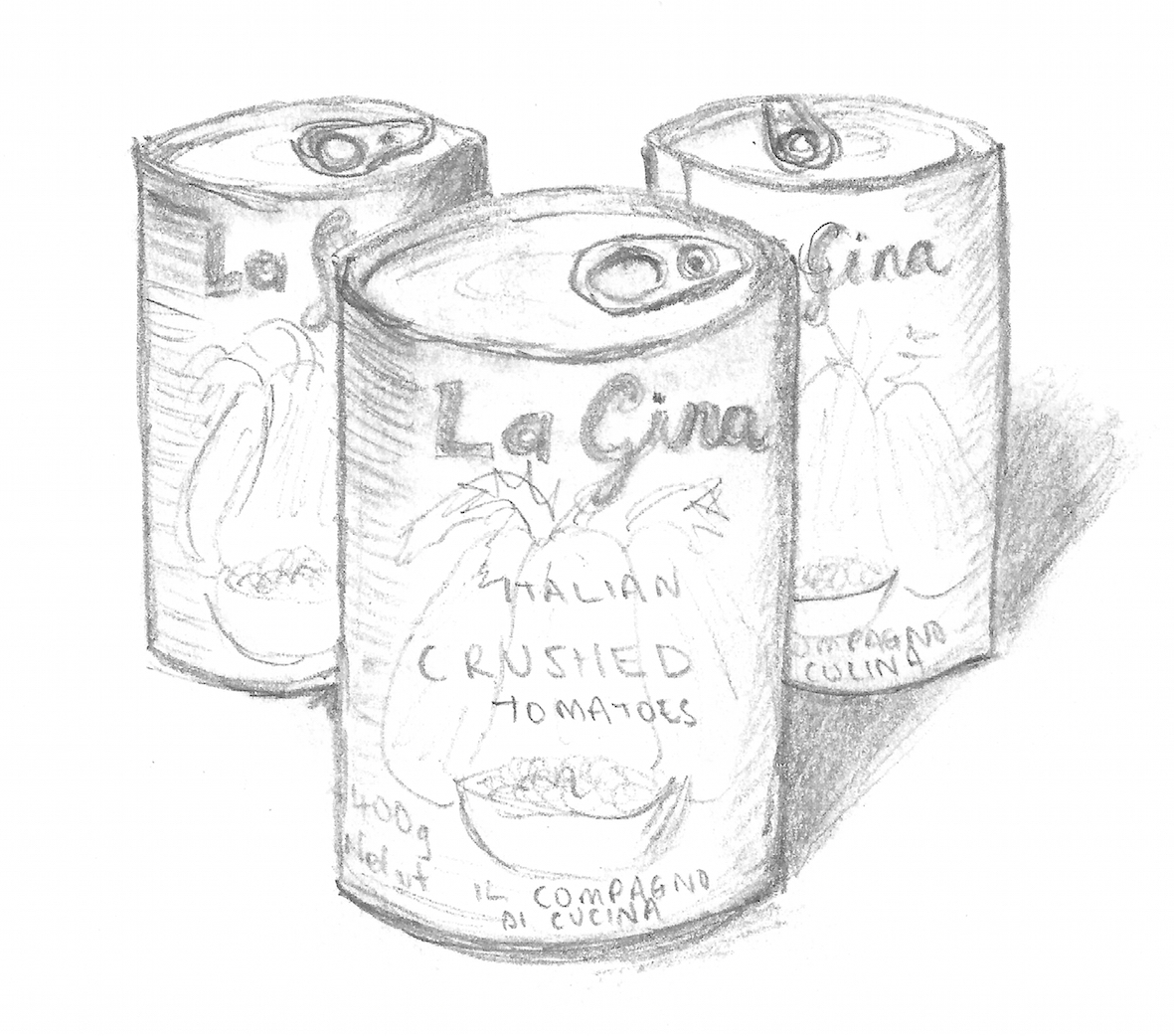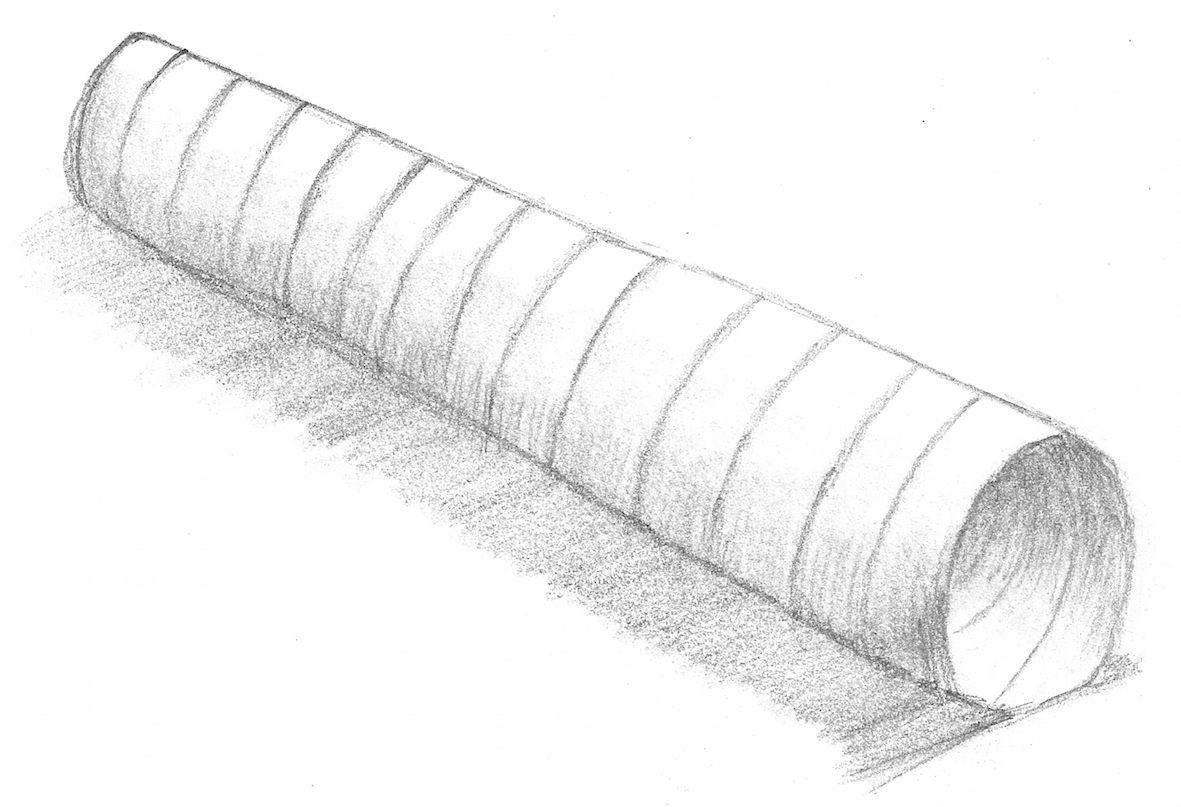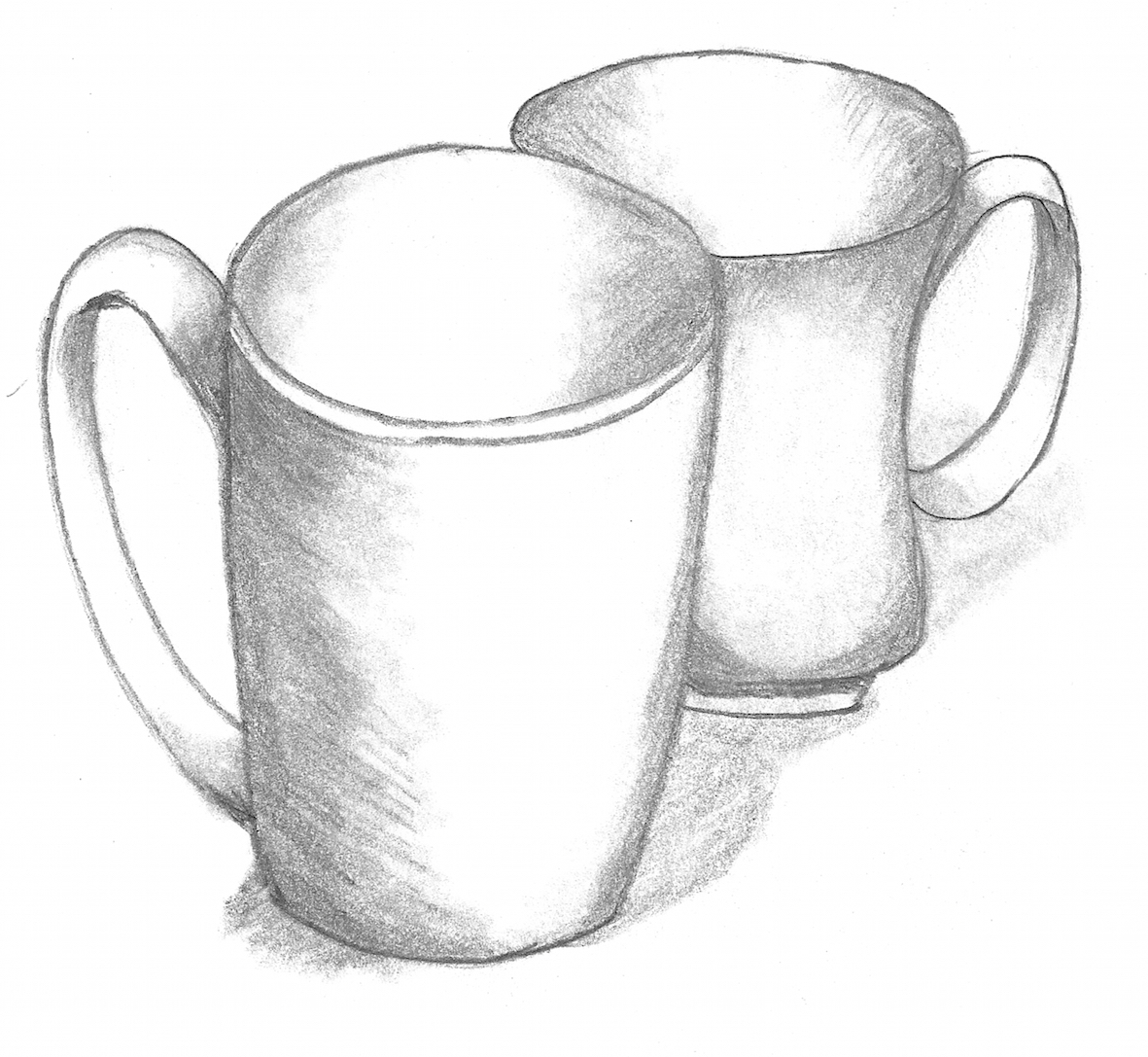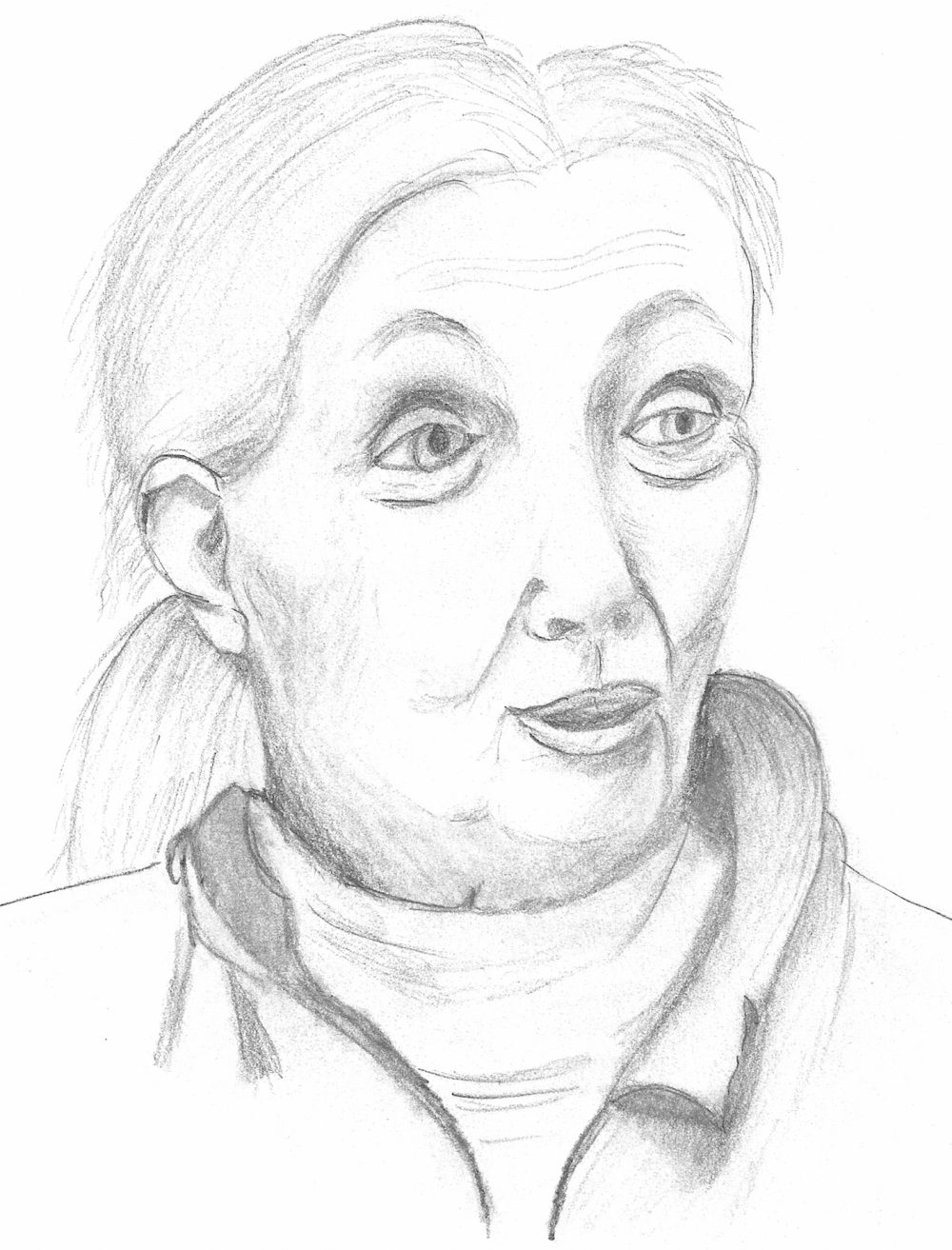The first piece of advice most self-publishers hear is that there are two areas in which they must get professional help: editing and cover design. I’ve previously discussed how useful a professional editor was in preparing my manuscript of Dr Huxley’s Bequest for publication. Now I’m going to talk about cover design.
A book’s cover is a vital part of selling the book to readers, so it’s important that it conveys the book’s ideas, genre and audience in an efficient but attractive manner. There was no way I was going to attempt to make my own book cover, because I have no design expertise whatsoever. I am, however, able to recognise bad book covers and I could see that a lot of self-published book covers were absolutely terrible. Most of the companies that offer services to self-publishers include reasonably-priced cover design, but cover samples on their websites are universally awful – cheap-looking, genre-inappropriate fonts, ineptly Photoshopped across generic images. I really think this is one area where you get what you pay for.
I wanted my book to look professional, so I searched the professional directories of Australian book designers and eventually found Nada Backovic, who had lots of experience working with Australian publishers, was willing to work with a self-publisher and could fit into my publication schedule and budget. My first task was to prepare a design brief for her. This contained technical specifications (for example, the width and length of the book and the text that needed to go on the front and back cover and the spine) but was mostly about the information that the cover needed to convey. I sent Nada a one-page synopsis of the book, a sample chapter and a description of who the book’s buyers and readers would be. My book, Dr Huxley’s Bequest, involves the characters embarking on a quest to identify thirteen objects, so I gave Nada a list of these objects and included photos of those that might look good on the cover. I included some of the illustrations from the book, photos of the real-life setting, and some book covers that had appealed to me, for books about similar themes or for similar readers.
This was the stage when I began to understand the concerns of traditional publishers about marketing this particular book. It wasn’t that I’d doubted them when they said it would be too difficult to market (presumably, they knew more about book marketing than I did). It was just that I didn’t fully comprehend all the practical implications back then. I have to admit, Dr Huxley’s Bequest is a weird book. It doesn’t fit neatly into one marketing category, the way a Regency romance or an action thriller or a paranormal horror novel would. This meant that I ended up with a design brief full of contradictory statements. It’s non-fiction, but it’s a mystery story so it needs to look entertaining and fiction-y! But it’s full of history and science and ethical questions, so the cover needs to convey thoughtfulness! But also humour! And it should appeal to teenage girls, but I don’t want it to look all pink and glittery and stereotypically feminine! Oh, and it also has to appeal to parents and teachers! And I hate yellow covers! Don’t make it yellow!
It is a measure of Nada’s professionalism that she did not run screaming into the night when she received this brief, but instead quickly produced eight attractive, appropriate, non-yellow cover roughs. Four of the covers featured lots of images, effectively conveying the idea of thirteen historical objects. But these covers looked a bit cluttered and the book’s theme was already being conveyed by the subtitle, A History of Medicine in Thirteen Objects. So I concentrated on the other four covers, which were based around a single illustration of a cross-sectioned skull, with a pink tongue sticking out. It was a really good, strong image that related to the book’s themes, but I worried it might look a bit too serious and gory and put off some potential teenage girl readers. Then I noticed that some of the other covers included a composite image of two of the thirteen objects, a stone bust of Hippocrates and a skeleton illustration from Vesalius. Nada had cleverly combined them so that the Enlightenment skeleton was leaning upon the Classical bust, looking down on it with fondness and some amusement. That was it. That was the image I wanted for the cover.
But there was also the font to decide on. It’s amazing how the lettering for a title can convey so much information about the book’s readership. In the end, I thought an elaborate Victorian-style font would fit the title best, once some of the flourishes had been removed to make the lettering easier to read. The subtitle and author information would be in an old-fashioned, slightly wonky typewriter-style font that helped to convey the non-fiction nature of the book. I considered fonts that looked more ‘junior readership’, but ultimately, I didn’t think they worked. Readers drawn in by a wacky, zany title font would expect a light, fun, super-easy read and that’s not really what the book is like. It does have jokes and pictures, but it’s also fairly long and aimed at thoughtful readers.
Then came a series of small tweaks to the placement and colour of the images and text. For example, at one stage the bust of Hippocrates was staring off the page, which I thought drew the reader’s gaze away from the title, so Nada tilted Hippocrates slightly on his base, which also made the image look a bit more dynamic and amusing. I’d initially wanted the colours to be plain red, white and blue, but Nada correctly pointed out that the cover would look warmer with a cream background and more red. (We even experimented with pink text and then a pink background. It didn’t work.)
Then there was the back cover. There wasn’t much space once the text was in place, but it needed some pictures. I wondered if one of the medicinal plants mentioned in the book might suit and fortunately found a lovely red opium poppy from a historical botanical collection, as well as some vintage bee illustrations (honey also makes an important appearance in the book). Nada had the good idea of adding the poppy to the front cover, weaving it through the beard of poor long-suffering Hippocrates, then she stuck some bees on the book spine, and then we were done!
One thing I forgot to mention, which is important for self-publishers on a tight budget – if you want to use fonts or photos or illustrations, you may have to pay licence fees, unless you’re very careful and clever about your choices. In the case of Dr Huxley’s Bequest, I was able to locate appropriate historical images that were in the public domain or covered by Creative Commons licences (that is, free of charge but I needed to acknowledge the licence holder in the book, which I did). The only image I paid for were the vintage bees, which cost $36 from iStock. It’s important to note that some photos, even historical ones, can cost thousands of dollars to use. I have no idea how much it cost my American publishers to use the beautiful Frances McLaughlin-Gill photograph on the cover of The FitzOsbornes in Exile, but I’m sure it was a lot. (It was totally worth it, though. That gorgeous cover was responsible for a lot of readers picking up the book and then reading the whole series.)
Oh, so I guess I’d better show you the cover of Dr Huxley’s Bequest. Here’s the front:

And here’s the back cover:

More in Adventures in Self-Publishing
Why Self-Publish?
What’s This Book About, Anyway?
Editing
To Tweet Or Not To Tweet
Turning Your Manuscript Into A Book
All the Mistakes I’ve Made (so Far)
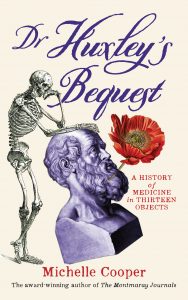 I’ve updated my website with an excerpt of my new book, Dr Huxley’s Bequest.
I’ve updated my website with an excerpt of my new book, Dr Huxley’s Bequest.


